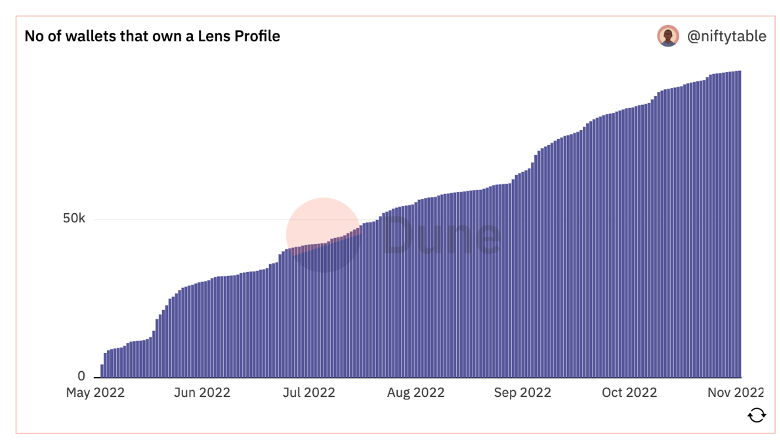A Look Into Decentralized Social Media Platforms
What's SocialFi and digital ownership? How does Lens Protocol work? What are the challenges to overcome?
by Hans Xiang, senior investment associate at Sino Global Capital
SocialFi
SocialFi merges elements of social and finance, creating, producing, and owning not only the content that is generated on these web3 native social media platforms but also bringing together content creators, influencers, and artists that have ownership in IP, freedom of speech, and data.
This area has become more fascinating and necessary, especially with the recent events around Elon Musk and Twitter or Jack Dorsey creating a new infrastructure for social networking, AT Protocol.
Digital Ownership and Identity
Digital ownership and identity are two key elements in the crypto space, yet sensitive and sometimes impossible to verify as opsec, privacy, and anonymity are precious characteristics in our space.
Similar to how there are challenges and obstacles in traditional social media, crypto has its own problems. As a result, native social graph platforms such as Lens, Cyberconnect, and others have emerged.
Lens Protocol
Lens, as the social arm of Aave, strives to compete with traditional social media platforms and return data and digital ownership to users in the network.
The illustration down below demonstrates the stark increase in wallets that have created a Lens profile.
Lens profiles were gated for a period and merely whitelisted participants had the privilege to onboard. They have recently opened the opportunity to create a Lens profile.
The monthly engagements have also increased with remarkable growth in November. Obviously, this could also entail that users are speculating about an upcoming Lens airdrop. For more information, go here.
As the Lens ecosystem continuously evolves, more applications are built on top of Lens. Products such as social messaging apps, DAO-based solutions, social to earn, tooling, etc. Both existing social-related applications and novel Lens native solutions are expanding on top of Lens. Two dominant dApps on Lens are Lenster and Phaver. Lens is a composable, decentralized social media web app, whereas Phaver is a share-to-earn decentralized social platform mobile app.
Built on top of Polygon, Lens allows users to create NFTs, so-called “ProfileNFTs”. These profileNFTs are used to engage on Lens, similar to traditional platforms. Lens’ approach to storing content is agnostic, meaning that it can be stored both in centralized services and decentralized ways such as IPFS, Arweave.
Although Lens is rapidly expanding as the web3 alternative to Twitter or Instagram, there are certainly a few limitations.
Early and unproven. Even though socialFi and social graphs have been gaining clear and significant momentum and traction, this area is still nascent and young. It could be a “narrative” wave that fades.
Limited network effect and high switching cost. Realistically, crypto Twitter, Telegram, and Discord have most of the userbase and the engagement and activity on these web2 platforms are sticky (Lindy effect). Therefore, incentivizing existing users to leave Twitter or Telegram becomes challenging even if web3 solutions are decentralized, irreversible, or transparent. Users tend to pick for convenience over all the above elements.
Scalability (Tech). A major issue today is the congested chains and limited scalability of these L1 platforms. Twitter for instance handles 200 billion tweets every year. Lens’ usability will be capped by Polygon’s scalability.
UI/UX. This directly leads to the last issue. When the demand for Lens increases substantially, this will likely congest the Polygon chain, which will directly deteriorate the user’s experience on Lens or the dApps on top of Lens.
Conclusion
Decentralized and web3 native social graph platforms are swiftly growing, competing with existing traditional social media behemoths.
However, there is a trade-off between convenience and decentralization, ownership, and experience.
As the majority of the potential users (mainstream) do not care about decentralization and other crypto-native benefits, it is still to be seen how platforms such as Lens, Cyberconnect and Farcaster will perform in the long run.
Find Hans on Twitter





